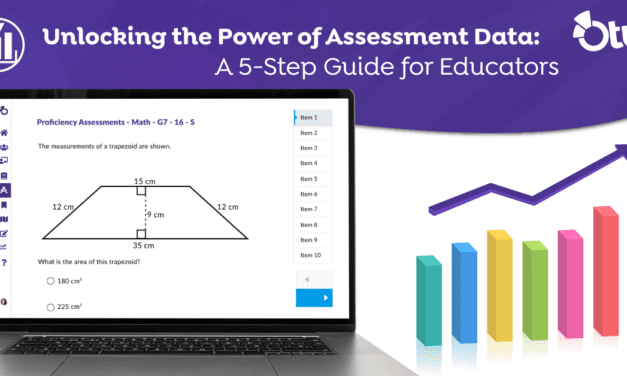While there are many factors that determine the success of a standards-based learning initiative, reporting the mastery of standards is one of the most essential aspects for teachers to understand. Due to the fact that students are assessed and re-assessed during the grading period for each learning target, determining the calculation method is crucial for arriving at the overall score. For starters, get to know the following list of terms and check out the examples for each.
Essential Terms for Standards Based Learning
1. Mean
Show the average grading scale level by taking the standard scale and providing a number for each.
Example:
Mastery = 4, Near Mastery 3, Approaching Mastery 2, Not at Mastery 1 and dividing by the number of attempts.
2. Mode
Show the grading scale level most frequently received by the student.
Example:
A student has a variety of attempts: five at Mastery, four at Near Mastery, and two at Approaching Mastery. The student displays Mastery as this has happened the most frequently.
3. Most Recent
Show the most recent grading scale level for the student.
Example:
The student received Mastery on Monday and Near Mastery on Tuesday, display the latest score “Near Mastery”.
4. Highest
Show the best grading scale level the student received.
Example:
The student received Mastery on Monday and Near Mastery on Tuesday, display the highest score “Mastery”.
5. Decaying Average
This formula is calculated based on an average with more weight given to the most recent scores; the higher the decay rate, the more heavily recent assessments are weighted.
The most recent assessment defaults at 65%.
For example, if there are two assessments, the most recent assessment gets 65% weight, and the first gets 35%. For each additional assessment, the sum of the previous score calculations decays by an additional 35%. If you have three assessments, the weighting would be 12% for the first assessment, 23% for the second assessment, and 65% for the third assessment.
The math behind the 65% decaying average works like this:
Let’s say you have four assessments that receive the following scores: 1, 2, 3, 4 (this last one being the most recent):
(1 × .35) + (2 × .65) = X (X × .35) + (3 × .65) = Y
(Y × .35) + (4 × .65) = Z (this being the current standard score; 3.48
An example:
A student receives a score of a 2, 3, 4 (most recent) on a single standard, using decaying average the student receives a 3.5. The formula calculates to a 3.5275 and rounds down.
If a student receives a score of 2, 4, 4, the Decaying Average formula calculates to a 3.755, so it rounds up.
Continue the Learning
Now that you have a better understanding of these terms, what questions about standards based learning do you have? We’ve created two places where you can engage with a community of like-minded educators.
Join our Facebook group! The purpose of this group is to connect educators who share a focus on the ongoing paradigm shift in instructional, assessment, and grading practices. Join us to collaborate with prominent educators and walk away with strategies to support your teaching and learning initiatives. bit.ly/ModernMeasuresCommunity
Follow us on Twitter! We share resources and spark conversations about healthy instructional, assessment, and grading practices. Ask your questions using the hashtag #ModernMeasures or follow @Modern_Measures.





